Search results for: Ansoff Matrix
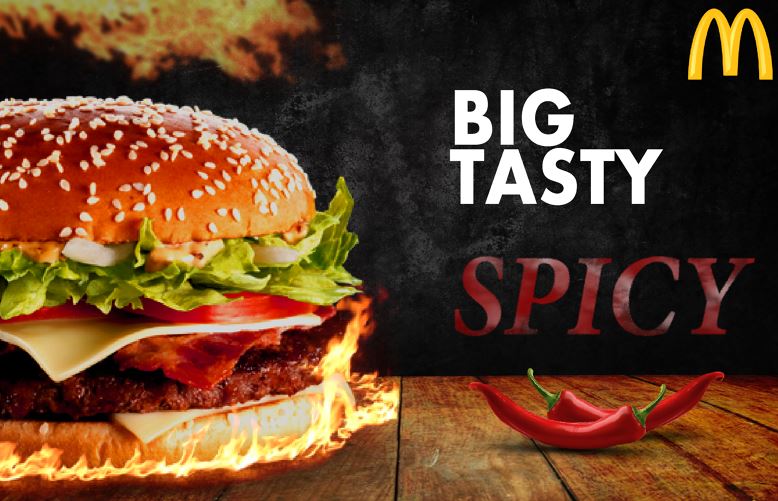
McDonald’s marketing strategy relies upon an extensive utilization of individual elements of the marketing communication mix. Specifically, McDonald’s marketing communication mix comprises print and media advertising, sales promotions, events and experiences, public relations and direct marketing. McDonald’s marketing and promotional efforts focus on value, quality, food taste, menu choice, nutrition, convenience and the customer experience McDonald’s Print and Media Advertising McDonald’s marketing strategy attempts to integrate the elements of creativity and uniqueness in its print and media advertising. For example, the company has launched ‘Easy Morning’ print ads with the tagline “In the morning not everything is as easy as breakfast at McDonalds”, and a humorous attempt has been made to show an appropriate time to eat burger via a print ad. McDonald’s spends considerable amount of financial resources for print and media advertising. These investments amounted to USD 82.9 million, USD 329.2 million and USD 81.5 million for 2021, 2020 and 2019 respectively. Particularly, in 2020 the fast food chain made significant investments in brand communications.[1] The company has launched some controversial marketing campaigns as well. These include commercial in UK that exploits a child’s grief over the death of his father, “Carry On,” campaign referencing public tragedies including 9/11 and the Boston Marathon bombings and others. McDonald’s viral marketing also plays an instrumental role in terms of spreading the marketing message among the members of the target customer segment. The most noteworthy McDonald’s viral marketing campaigns include “Ask McDonald’s YouTube campaign” in Canada, ‘McDonald’s GOL!’ marketing video clip that attracted more than 10 million views and others. McDonald’s Sales Promotions Sales promotion is a popular marketing technique with McDonald’s and other fast food chains. McDonald’s uses the following sales promotions techniques: Competitions. Free breakfast delivery promotion according to mobile nominations[2] Seasonal promotions. “”McPick 2,” a limited-time…
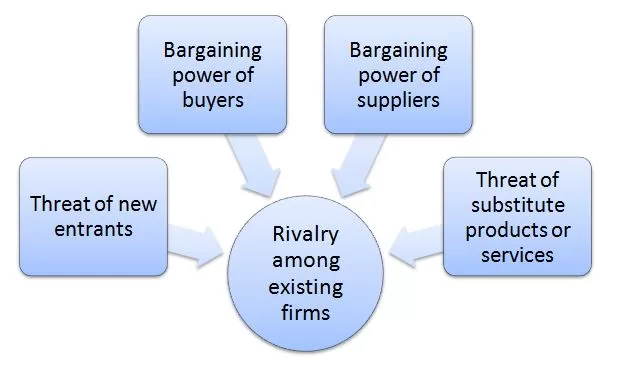
Porter’s Five Forces analytical framework developed by Michael Porter (1979)[1] represents five individual forces that shape the overall extent of competition in the industry. McDonald’s Porter’s Five Forces are represented in figure below: Porter’s Five Forces Threat of new entrants in McDonald’s Porter’s Five Forces Analysis Threat of new entrants into fast food chain industry is moderate. Potential entrants into fast food chain industry have to deal with the following factors. 1. Massive capital investment requirements. Establishing a fast food chain requires huge financial investments to create an infrastructure, secure leases for locations, purchasing equipments and recruiting staff, among others. Securing funding for a new fast food venture can prove to be challenging taking into account high level of market saturation internationally. 2. Economies of scale. Major market players such as McDonald’s, Starbucks Coffee, Burger King, KFC and Subway substantially benefit from the economies of scale with positive implications on their cost structure. New market entrants, on the other hand, cannot benefit from the economies of scale to similar extend and this may prove to be a significant industry entry barrier. 3. Creativity and innovation. Despite fast food industry entry barriers such as huge capital requirements and economies of scale mentioned above, there is still a chance for new companies to successfully enter the industry. They can do so by innovating in terms of foods to offer, as well, as achieving greater technological integration into various business processes. Bargaining power of buyers in McDonald’s Porter’s Five Forces Analysis Bargaining power of McDonald’s buyers is immense. The following set of factors, among others determines customer bargaining power in fast food industry: 1. No switching costs to competition. Customers can switch from McDonald’s to any other fast food chain such as KFC, Pizza Hut, Starbucks and Burger King with no…
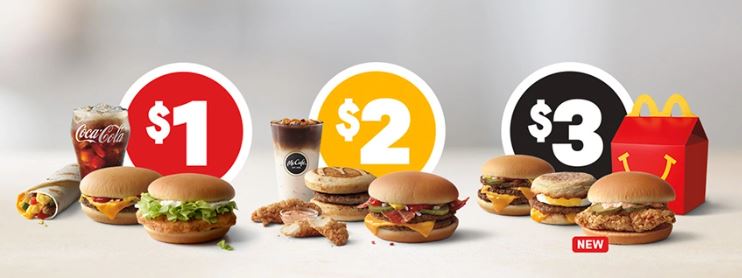
McDonald’s segmentation, targeting and positioning is one of the integral components of its marketing strategy. Segmentation involves dividing population into groups according to certain characteristics, whereas targeting implies choosing specific groups identified as a result of segmentation to sell products. Positioning refers to the selection of the marketing mix the most suitable for the target customer segment. McDonald’s uses the following types of segmentation: 1. Multi-segment positioning. The fast food chain exploits multiple segments in terms of geography and demographics at the same time. The fast food giant develops items that appeals to the needs and preferences of each segment. 2. Adaptive positioning. McDonald’s periodically repositions its products according to changes in customer tastes and preferences. For instance, reflecting increasing health concerns by customers the fast food chain introduced a number of healthy items in its menu such as Fruit & Maple Outmeal and Southwest Grilled Chicken Salad. The following table illustrates McDonald’s segmentation, targeting and positioning: Type of segmentation Segmentation criteria McDonald’s target segment Geographic Region Operating in 119 countries Density Urban/rural Demographic Age 6 – 70 Gender Males & Females Life-cycle stage Bachelor Stage: young, single people not living at home Newly Married Couples: young, no children Full Nest II: youngest child six or over Income Low and middle Occupation Students, employees, professionals Behavioral Degree of loyalty ‘Hard core loyals’ and ‘Switchers’ Benefits sought Cost benefits, time efficiency Personality Easygoing& careless User status Potential and regular fast foodeaters Psychographic Social class Lower, working and middle classes Lifestyle McDonald’s targets Resigned, Struggler and Mainstreamer individuals according to Cross Cultural Consumer Characterization developed by Young & Rubican McDonald’s segmentation, targeting and positioning Important aspects of the target customer segment as illustrated in table above serve as the main guiding principle for McDonald’s marketing management to deal with Product, Place, Price,…
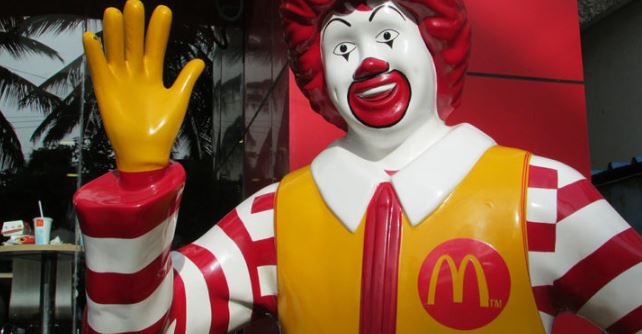
McDonald’s marketing strategy is based on the following principles: 1. Think globally, act locally. McDonald’s is a truly global company with 40,031 restaurants in in119 countries.[1] The fast food chain is famous for standardisation of a wide range of business processes. Specifically, the company attempts to adjust its menu, as well as, restaurants settings to the tastes and preferences of local consumers. For example, it serves McSpaghetti in Philippines, Chicken Parm in Australia, Cookie and Cream Pie in Malaysia, Gracoro Burger in Japan and the list goes on. 2. Extensive focus on print and media advertising. The fast food giant focuses on print and media adverting component of marketing mix to a greater extent compared to other components. Specifically, McDonald’s advertising costs totalled USD 82.9 million, USD 329.2 million and USD 81.5 million for 2021, 2020 and 2019 respectively.[2] The marketing message attempts to associate the brand with enjoying tasty food and sharing goods moments with loved ones. 3. Targeting the widest range of customer segment. McDonald’s segmentation, targeting and positioning strategy attempts to appeal to the needs and preferences to the wide range of customers in terms of geographic location, demographic, behavioural, as well as, psychographic traits. 4. Cost leadership strategy. Within the framework of marketing communication mix (also known as 7Ps of marketing) McDonald’s prioritizes price over other elements. In fact, enjoying tasty food served in short duration of time is fast food chain’s unique selling proposition. The tasty food served by the company is often not a healthy one, but this is a separate issue impacting the brand. McDonald’s Corporation Report contains the above analysis of McDonald’s marketing strategy. The report illustrates the application of the major analytical strategic frameworks in business studies such as SWOT, PESTEL, Porter’s Five Forces, Value…
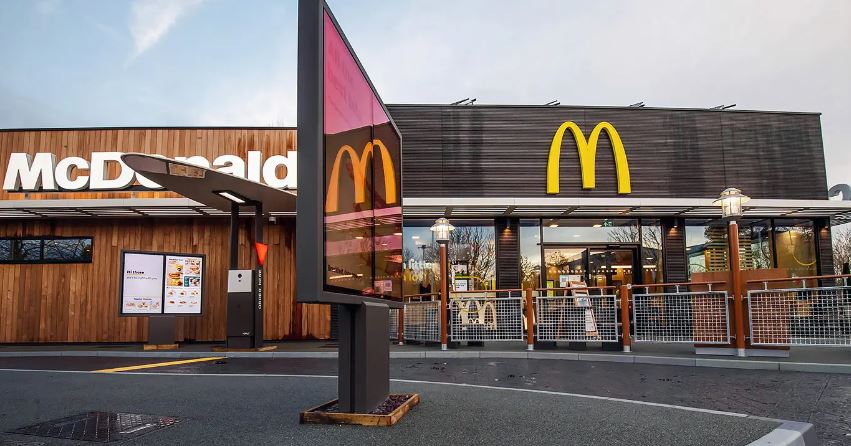
PESTEL is a strategic analytical tool and the acronym stands for political, economic, social, technological, environmental and legal factors. McDonald’s PESTEL analysis involves the analysis of potential impact of these factors on the bottom line and long-term growth prospects. Political Factors in McDonald’s PESTEL Analysis McDonald’s revenues and long-term growth prospects are affected by a number of political factors such as levels of bureaucracy and corruption, government stability and the freedom of press. Moreover, activities of trade unions and home market lobby groups can be referred to as noteworthy political factors that may affect multinational corporations. Exiting Russia On March 8, 2022 McDonald’s announced that it had temporarily closed restaurants in Russia and paused operations in the market due to Russia-Ukraine war conflict. The humanitarian crisis caused by the war in Ukraine, and the precipitating unpredictable operating environment, have led McDonald’s to conclude that continued ownership of the business in Russia is no longer tenable, nor is it consistent with McDonald’s values.[1] On May 2022 the fast food chain announced it starts the process of selling its business in Russia, meaning that the company is leaving the country permanently. Exiting one of its biggest markets where McDonald’s had more than 800 restaurants employing 62000 employees[2] due to a war conflict is a stark example for a political factor affecting the fast food chain. Trade Unions Activities of trade unions and their implications belong to the list of important political factors affecting McDonald’s. Trade unions may succeed in their demands to increase employee wages and to improve working conditions and these will have negative implications for the profitability of the business. Accordingly, the fast food giant is known worldwide for its hostility to trade unions. For example, in 2021 it was reported that McDonald’s has, for years, spied…
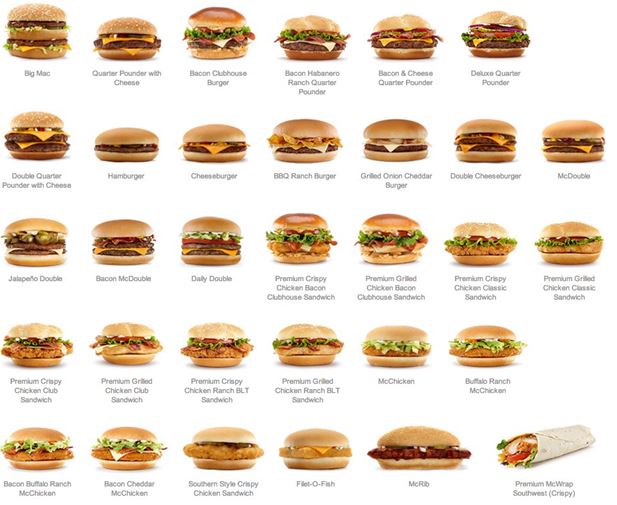
SWOT is an acronym for strengths, weaknesses, opportunities and threats related to organizations. The following table illustrates McDonald’s SWOT analysis: Strengths 1. Global market leadership 2. Brand value and brand awareness 3. Sustainable business model 4. High level of profitability 5. Effective utilization of digital technologies Weaknesses 1. Unhealthy food on the menu 2. Declining brand image 3. High employee turnover 4. Negative publicity 5. Low differentiation Opportunities 1. Enhancing focus on nutritional menu 2. Product differentiation 3. Improving CSR aspect of the business 4. Reviving the brand image 5. Increasing the extent of localization in international markets Threats 1. Food safety concerns 2. Fast food market saturation in developed countries 3. Lawsuits against the company 4. Currency fluctuations 5. Competition from quality burger chains McDonald’s SWOT analysis Strengths in McDonald’s SWOT Analysis 1. McDonald’s is an undisputed market leader with more than 40000 restaurants worldwide. The fast food giant has a global market share of about 43,8% and its closest competitor Yum Brands that comprises KFC, Pizza Hut, Taco Bell and The Habit Burger Grill has a market share of only 30,9% in the global fast food industry.[1] Market leadership is a considerable strength for McDonald’s in terms of generating cash flow and profits for medium and long-term perspectives. 2. McDonald’s is one of the most valuable brands in the world. According to Forbes McDonald’s is No. 10 most valuable brand in the world with the brand value of USD 46,1 billion[2]. Similarly, Interbrand considers McDonald’s No.9 most valuable brand in the world with the brand value USD 45,87 billion.[3] Brand value and brand awareness are proved sources of competitive advantage. Specifically, brand value is an indicator of a high level of consumer loyalty and it offers a wide range of advantages that include negotiating power with customers…
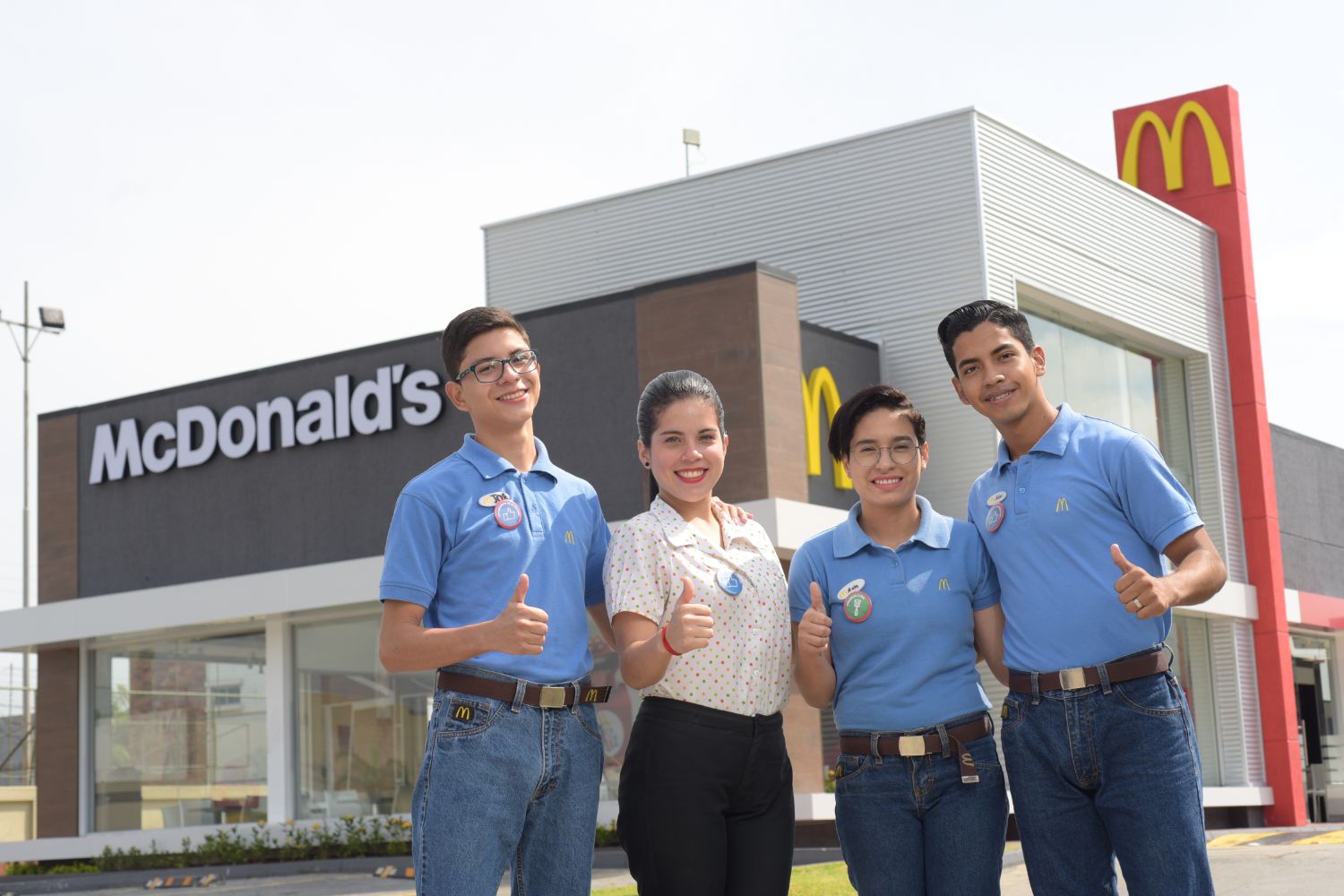
McDonald’s organizational culture is somewhat controversial. On one hand, the fast food giant associates its corporate culture with the principles of inclusion, integrity and family values. Moreover, McDonald’s prides its organizational culture with encouraging learning for employees at all levels. On the other hand, the company has faced myriad lawsuits and claims in recent years, some involving allegations of sexual harassment and others around racial discrimination. Even the CEO Steve Easterbrook was fired in 2019 for having consensual relationship with his subordinate employee. Later it was revealed that Mr. Easterbrook awarded generous stock options to one of the female employees he had sexual relationship with. Furthermore, it was reported that the former CEO “in addition to lying about his own misconduct, allegedly tried to cover up the inappropriate behaviour of other McDonald’s executives.”[1] The following two factors have negative effects on McDonald’s organizational culture: 1. Highly hectic work environment. High speed of service is one of the core competitive advantages for McDonald’s. The cashiers are expected to greet customers, take orders, collect payments, recommend products, promote special deals and arrange food items on trays in a couple of minutes. Such a pace to be sustained during long shifts creates tremendous stress for thousands of customer-facing employees worldwide. 2. Low wages. The fast food chain pursues cost leadership business strategy operating with a thin profit margin per item, but selling at large volumes. Operations with low profit margin reflect on floor-level employee wages as well. Specifically, McDonald’s is notorious for paying low wages and exploiting human resources. The current President and CEO Chris Kempczinski attempts to improve McDonald’s organizational culture addressing the negative impact of factors described above. However, Mr. Kempczinski himself courted controversy when he sent a text to Chicago Mayor Lori Lightfoot blaming the kid’s parents for the shooting at McDonald’s location.[2] McDonald’s Corporation Report…

McDonald’s organizational structure can be classified as divisional. McDonald’s business operations are divided into the following four divisions according to their geographical location: United States Europe Asia/Pacific, Middle East and Africa (“APMEA”) Other countries Each division above possesses its own departments such as IT, finance, marketing and others. Massive changes in McDonald’s organizational structure introduced in 2015 increased the emphasis on the international markets clarifying the roles of executives responsible for growth in international markets. Specifically, as it is illustrated in Figure 1 below, the responsibility for overseeing international operations is distributed among three senior executives at President level. Figure 1 McDonald’s leadership structure in international markets[1] Presidents are provided autonomy in decision making to a great extent to increase sales in their respective markets. The autonomy refers to adjusting the content and delivery McDonald’s marketing message to their respective markets taking into account cross-cultural differences. Moreover, Presidents are free to introduce new items in menu reflecting tastes and preferences of local markets. Furthermore, from administrative point of view McDonald’s organizational structure involves nine senior level managers reporting to President and CEO Chris Kempczinski. These managers include Vice President and Executive Vice Presidents and each manager is responsible for a specific strategic aspect of the business. Figure 2 McDonald’s organizational structure Since becoming President and CEO in 2019 Mr. Chris Kempczinski did not introduce any massive changes in McDonald’s corporate structure. However, he may restructure the business to a certain extent to reflect changes in the external environment. Specifically, COVID 19 pandemic revealed the importance of delivery and McDonald’s may change its corporate structure to ensure greater focus on making deliveries to homes and offices. McDonald’s Corporation Report contains the above analysis of McDonald’s organizational structure. The report illustrates the application of the major analytical strategic frameworks…
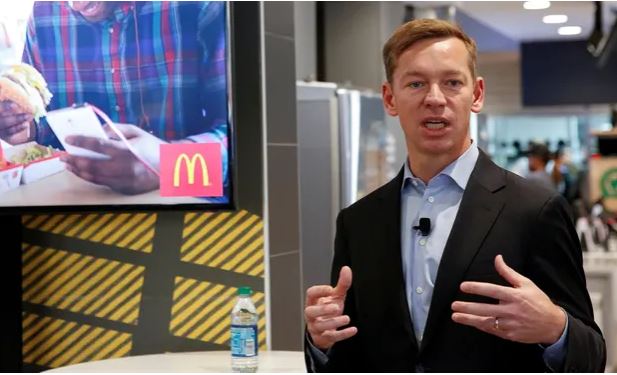
McDonald’s leadership team is headed by the President and CEO, who is aided by nine senior managers, each overseeing a specific aspect of the business. [1] The previous President and CEO Mr. Steve Easterbrook took the helm in 2015 and he was widely considered as an effective leader until he was fired for having consent sexual relationships with subordinate employees. During his leadership tenure Mr. Easterbrook was credited with turning around the company and reviving its falling stock price. Most prominent changes introduced by Easterbrook include reducing costs, introducing touch-screen ordering and establishing all-day breakfast. The new President and CEO Chris Kempczinski has also proved to be effective business leader. Under the new leadership McDonald’s has emerged as a clear winner during the pandemic. Mr. Kempczinski has channelled his energy and focus on digital, drive thru and delivery to adjust the business model to the pandemic environment. McDonald’s leadership is currently faced with a serious challenge. In recent years the fast food chain has faced many lawsuits and claims involving sexual harassment and racial discrimination. The former President and CEO Mr. Easterbrook being found violating company code of conduct is the evidence of severity of the issue. One of the important tasks for the new leader Mr. Kempczinski is to create a corporate culture where sexual harassment and racial discrimination is not tolerated in practice. McDonald’s Corporation Report contains the above analysis of McDonald’s leadership. The report illustrates the application of the major analytical strategic frameworks in business studies such as SWOT, PESTEL, Porter’s Five Forces, Value Chain analysis, Ansoff Matrix and McKinsey 7S Model on McDonald’s. Moreover, the report contains analyses of McDonald’s business strategy, organizational structure and organizational culture. The report also comprises discussions of McDonald’s marketing strategy, ecosystem and addresses issues of corporate social responsibility. [1] Annual Report…
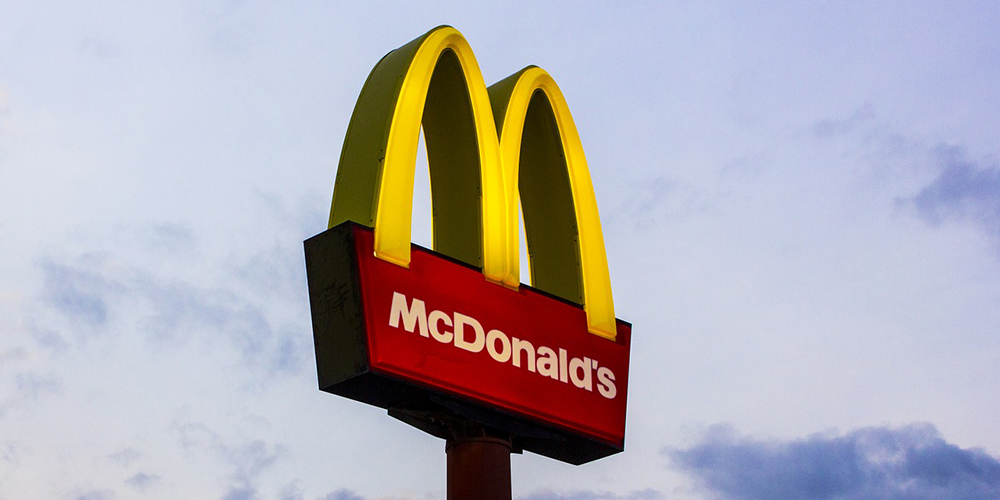
McDonald’s business strategy utilizes a combination of cost leadership and international market expansion strategies. Franchising form of new market entry is utilized within McDonald’s business strategy to a great extent. The fast food chain has one of the largest property portfolios on the world and it is a giant real estate company. McDonald’s generates only a fraction of its profit from food and drinks sold by franchisees and the majority of income is generated by renting leased property to franchisees with a considerable mark-up. Moreover, product and service standardization lies in the cornerstone of McDonald’s business strategy. McDonald’s restaurants offer substantially uniform menu that comprises hamburgers and cheeseburgers, Big Mac, Quarter Pounder with Cheese, Filet-O-Fish, several chicken sandwiches, Chicken McNuggets, wraps, french fries, salads, oatmeal, shakes, McFlurry desserts, sundaes, soft serve cones, pies, soft drinks, coffee, McCafé beverages and other beverages.[1] It is important to note that along with maintaining product and service standardization, McDonald’s takes into account local tastes and preferences, when developing its menu and engaging in marketing efforts. McDonald’s competitive advantage is based on the following points: Cheat prices is McDonald’s main competitive advantage. The company is engaged in an extensive utilization of economies of scale to achieve the cost advantage. True to ‘fast food’ format of its restaurants, McDonald’s is famous for the speed of customer service without compromising the quality of the service. Universality of the taste to a great extent represents another base of McDonald’s competitive advantage. Big Mac tastes the same almost all over the world due to the use of the same ingredients in the same quantities and application of the standardized ways of cooking around the globe. Such a consistence in taste has positive implications on consumer loyalty. In late 2020, under the leadership of new President and CEO Mr. Chris…
